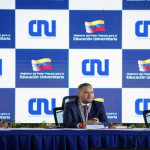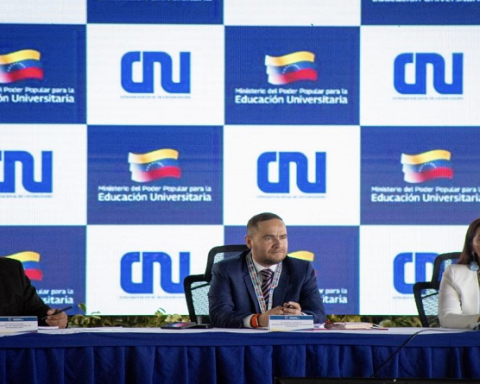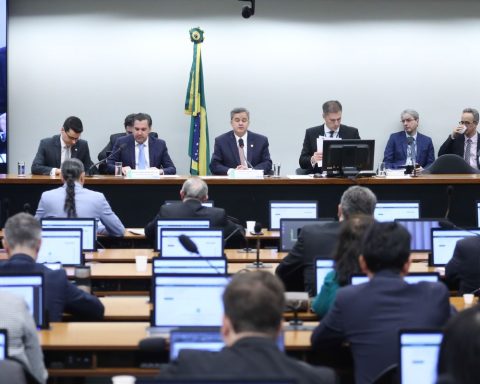Almost three years after the appearance of the SARS-CoV-2 coronavirus in China, a new virus was detected in bats in Russia and caused alarm among scientists. A team led by researchers at the Paul G. Allen School of Global Health at Washington State University (WSU), USA, discovered that the spike proteins of the bat virus, called Khosta-2, can infect human cells and are resistant. both monoclonal antibodies and serum from people vaccinated against SARS-CoV-2.
Both the Khosta-2 virus and SARS-CoV-2 belong to the same subcategory of coronaviruses known as sarbecoviruses.
“Our research further demonstrates that sarbecoviruses circulating in wildlife outside of Asia, including in places like western Russia where the Khosta-2 virus was found, also pose a threat to global health and vaccination campaigns. ongoing against SARS-CoV-2,” explained Dr. Michael Letko, a WSU virologist and author of the study published in the journal PLoS Pathogens.
Letko said the discovery of Khosta-2 highlights the need to develop universal vaccines to protect against sarbecoviruses in general, rather than just known variants of SARS-CoV-2.
“Right now, there are groups trying to find a vaccine that not only protects against the next variant of SARS-2, but actually protects us against sarbecoviruses in general. Unfortunately, many of our current vaccines are designed for specific viruses that we know infect human cells or those that seem to pose the greatest risk of infecting us. But that’s a constantly changing list. We need to expand the design of these vaccines to protect against all sarbecoviruses”, added the expert. Although hundreds of sarbecoviruses have been discovered in recent years, predominantly in bats in Asia, most are not capable of infecting human cells.
The Khosta-1 and Khosta-2 viruses were discovered in Russian bats in late 2020 and initially appeared to pose no threat to humans.
“Genetically, these strange Russian viruses resembled some of the others that had been discovered in other parts of the world, but because they didn’t resemble SARS-CoV-2, no one really thought they were anything to get too excited about.” Letko said. he said. “But when we looked at them further, we were very surprised to find that they could infect human cells. That changes our understanding of these viruses a bit, where they come from and which regions are of concern.”
American virologists who have conducted experiments with the pathogen, called Khosta-2, fear that it is “completely resistant” to the vaccines implemented during the pandemic.
Letko teamed up with a pair of WSU faculty members, first author viral ecologist Stephanie Seifert and viral immunologist Bonnie Gunn, to study the two newly discovered viruses. They determined that Khosta-1 posed a low risk to humans, but Khosta-2 showed some worrying features.
The team found that, like SARS-CoV-2, Khosta-2 can use its spike protein to infect cells by binding to a receptor protein, called angiotensin-converting enzyme 2 (ACE2), found on all cells. human cells.
They then set out to determine whether current vaccines protect against the new virus. Using serum derived from human populations vaccinated against COVID-19, the team saw that Khosta-2 was not neutralized by current vaccines. They also tested serum from people who were infected with the Omicron variant, but the antibodies were also ineffective.
Fortunately, Letko pointed out that the new virus lacks some of the genes thought to be involved in pathogenesis in humans. However, there is a risk that Khosta-2 will recombine with a second virus such as SARS-CoV-2.
“When you see that SARS-2 has this ability to spread from humans to wildlife, and then there are other viruses like Khosta-2 waiting in those animals with these properties that we really don’t want them to have, it sets this scenario up. the one where you keep rolling the dice until they combine to create a potentially riskier virus,” Letko concluded.
“The zoonotic spread of sarbecoviruses has led to the emergence of highly pathogenic human viruses,” the academics wrote. And they pointed to SARS-CoV-2 as an example, given that it was behind “the largest global pandemic in modern history.”
“Researchers around the world are accelerating the pace of viral discovery efforts, expanding sequence databases with newly circulating animal sarbecoviruses. While some experiments have been conducted with the new viruses, several remain untested and therefore their ability to transmit to humans is unknown,” they concluded.
Researchers at the Gamaleya National Research Center, a branch of the Moscow Health Ministry, said they were carrying out “continuous surveillance” of bats living in Sochi National Park. The 480,000-acre park, home to hundreds of caves, is located on the outskirts of the city of the same name, which hosted the 2014 Winter Olympics.
















